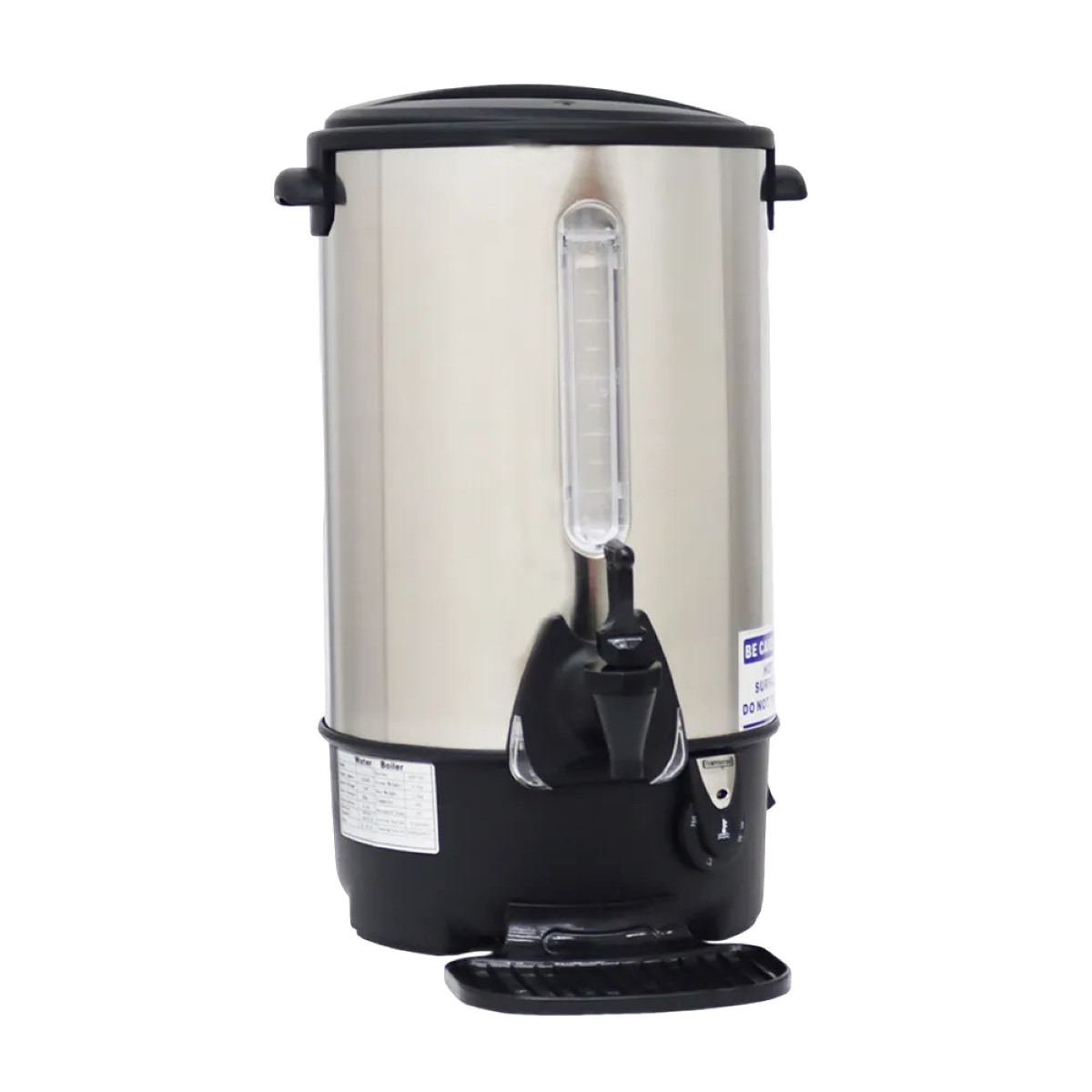

Articles
Why Is My Hot Water Dispenser Not Working
Modified: August 26, 2024
Discover the reasons why your hot water dispenser is not working and find helpful articles to troubleshoot the issue.
(Many of the links in this article redirect to a specific reviewed product. Your purchase of these products through affiliate links helps to generate commission for Storables.com, at no extra cost. Learn more)
Introduction
Having a hot water dispenser in your home or office is a convenient and time-saving feature. Whether you rely on it for making tea, coffee, or other hot beverages, or simply use it for quick access to hot water for cooking and cleaning purposes, a malfunctioning hot water dispenser can be frustrating. There are various reasons why your hot water dispenser may not be working, and understanding these common causes can help you troubleshoot the issue and get it up and running again.
In this article, we will explore the most frequent causes of hot water dispenser malfunctions and provide troubleshooting steps to resolve the issues. From power problems to thermostat malfunctions and clogged filters, we’ll cover all the possibilities so that you can quickly identify and rectify the problem.
Before we delve into the specific causes of hot water dispenser malfunctions, it’s important to note that if you’re not comfortable handling electrical appliances or if your hot water dispenser is still under warranty, it’s best to contact a professional technician or the manufacturer for assistance. However, for those with a bit of DIY spirit and a willingness to troubleshoot, let’s explore some common issues that may be the culprit behind your hot water dispenser not working properly.
Key Takeaways:
- Troubleshooting common hot water dispenser issues, such as power supply, thermostat, heating elements, clogged filters, switches, and water leakage, can restore functionality and ensure safety.
- Regular maintenance and professional assistance when needed can extend the lifespan of your hot water dispenser, providing convenient access to hot water for various purposes.
Read more: Why Is My Primo Water Dispenser Not Working
Common Causes of Hot Water Dispenser Malfunctions
When your hot water dispenser stops working, there are several common causes that could be at fault. By understanding these potential issues, you can effectively troubleshoot and resolve the problem. Here are some of the most frequent causes of hot water dispenser malfunctions:
- Power Issues: One of the first things to check when your hot water dispenser is not working is the power supply. Ensure that it is properly plugged in and that the outlet is functioning. Sometimes, power fluctuations or tripped circuit breakers can cause the unit to stop working.
- Malfunctioning Thermostat: The thermostat is responsible for regulating the temperature of the water in the dispenser. If the thermostat is faulty, it can cause the water to either be too hot or not hot enough. This can be due to a worn-out thermostat or incorrect calibration.
- Heating Element Problems: The heating element is what warms up the water in the dispenser. If the heating element becomes damaged or fails, the water will not heat up properly. This can occur from prolonged use, mineral buildup, or power surges.
- Clogged Filters: Filters are designed to remove impurities from the water, but over time, they can become clogged with sediment and other debris. When the filters are clogged, water flow becomes restricted, resulting in insufficient heating or no hot water at all.
- Faulty Switches or Buttons: The switches or buttons on the front panel of the hot water dispenser enable you to control the functions. If these components are malfunctioning or worn out, they may not respond properly when pressed, preventing the dispenser from heating the water or dispensing it.
- Water Leakage: Over time, the hot water dispenser may develop leaks, leading to water pooling around the unit. This can be caused by loose connections, damaged seals, or worn-out parts. Water leakage can not only affect the performance of the dispenser but also pose a safety hazard.
These are just some of the common causes of hot water dispenser malfunctions that you may encounter. By identifying the specific issue, you can then take the necessary steps to troubleshoot and resolve the problem. In the following sections, we will provide detailed troubleshooting steps for each of these issues to help you get your hot water dispenser back in working condition.
Power Issues
One of the most common causes of a malfunctioning hot water dispenser is power issues. Before diving into any other troubleshooting steps, it’s important to check the power supply and ensure that the unit is properly connected.
First, make sure that the hot water dispenser is plugged into a functional power outlet. Sometimes, due to accidental unplugging or power surges, the power connection can be disrupted. Try plugging the dispenser into a different outlet to rule out any issues with the current one.
If the power outlet is not the problem, check for any tripped circuit breakers. A tripped circuit breaker can cut off power to the outlet, resulting in the hot water dispenser not receiving any power. Open your electrical panel and look for any breakers that have flipped to the “off” position. If you find one, flip it back to the “on” position and check if the hot water dispenser starts working again.
In some cases, power fluctuations or electrical issues in the wiring of your home or office may be the cause of the problem. If you suspect this to be the case, it’s best to contact a qualified electrician to diagnose and resolve the electrical issue.
Additionally, it’s worth checking if there is a power switch or button on the hot water dispenser itself. Make sure that it is turned on and functioning properly. Sometimes, users accidentally turn off the device or unknowingly press the power button, which results in the dispenser not working.
Note: If you discover that your hot water dispenser is not receiving power or any of the above troubleshooting steps do not resolve the issue, it’s recommended to seek professional assistance from a qualified technician or contact the manufacturer if the unit is still under warranty. Attempting to handle complex electrical issues without proper knowledge and experience can be dangerous.
Malfunctioning Thermostat
A malfunctioning thermostat is another common cause of hot water dispenser problems. The thermostat is responsible for regulating the temperature of the water in the dispenser, ensuring that it reaches the desired hot temperature and maintains it.
If you notice that the water in your hot water dispenser is either too hot or not hot enough, it could be an indication of a faulty thermostat. Over time, the thermostat can wear out or become inaccurate, causing temperature inconsistencies.
To troubleshoot the thermostat, start by checking the temperature settings on the hot water dispenser. Ensure that the temperature is set to the desired level. Sometimes, accidental adjustments or incorrect settings can lead to water that is not the desired temperature.
If the temperature settings are correct, but the water is still not heating properly, it may be necessary to replace the thermostat. Consult the user manual or contact the manufacturer for guidance on how to replace the thermostat specific to your hot water dispenser model.
Before replacing the thermostat, it’s crucial to disconnect the hot water dispenser from the power source to avoid any electrical accidents. If you’re not comfortable or experienced in handling electrical components, it’s best to seek the help of a professional technician to replace the thermostat for you.
In some cases, the thermostat may not be completely malfunctioning, but it simply needs calibration. Again, refer to the user manual or manufacturer’s instructions to understand how to calibrate the thermostat correctly. This will ensure that it accurately measures and regulates the temperature of the water in the hot water dispenser.
Remember, dealing with electrical components can be dangerous if you’re unsure or inexperienced. If you’re not confident in handling thermostat repairs or replacements, it’s always recommended to seek professional assistance to avoid accidents and further damage to your hot water dispenser.
Heating Element Problems
The heating element is a critical component of a hot water dispenser, responsible for heating the water to the desired temperature. Over time, the heating element can develop problems, resulting in the dispenser not heating the water properly or not at all.
There are a few common issues that can arise with the heating element:
- Damage: The heating element can become damaged due to wear and tear, power surges, or other electrical issues. If the heating element is physically damaged, it will not be able to generate heat, leading to a malfunctioning hot water dispenser.
- Mineral Buildup: Over time, minerals present in the water can accumulate on the heating element, creating a layer of scale. This scale can insulate the heating element and prevent efficient heat transfer, resulting in decreased heating performance.
- Power Surges: Power surges, such as those caused by lightning strikes or electrical disruptions, can damage the heating element. This can cause it to malfunction or stop working altogether. In some cases, a power surge may cause a fuse or circuit in the hot water dispenser to blow, further affecting the heating element’s functionality.
To troubleshoot heating element problems, start by visually inspecting the heating element for any visible damage or signs of mineral buildup. If you notice any damage, it’s recommended to replace the heating element with a new one. Refer to the user manual or contact the manufacturer for specific instructions on how to remove and replace the heating element in your hot water dispenser.
If mineral buildup is the issue, you can try descaling the heating element to remove the scale and improve its performance. Most hot water dispenser manufacturers provide descaling instructions in the user manual or on their website. It typically involves using a descaling solution or a mixture of water and vinegar to dissolve the scale. Follow the instructions carefully and ensure the hot water dispenser is thoroughly rinsed afterward.
In the case of power surges damaging the heating element, it may be necessary to replace not only the heating element but also any blown fuses or circuits. Again, it’s advised to consult a professional technician or the manufacturer for guidance on replacing these components.
Remember, safety should always be a priority when dealing with electrical components. If you’re unsure or uncomfortable with the troubleshooting or replacement process, it’s best to seek the help of a qualified technician to avoid electrical accidents or further damage to your hot water dispenser.
Clogged Filters
Clogged filters are a common culprit behind hot water dispenser malfunctions. Filters are designed to remove impurities and sediments from the water, ensuring that it flows clean and clear. Over time, these filters can become clogged with debris, reducing water flow and affecting the dispenser’s heating performance.
Here are some steps to troubleshoot and resolve clogged filter issues:
- Inspect the filters: Locate the filters in your hot water dispenser. Typically, they are located near the water inlet or inside the dispenser near the heating element. Remove the filters and visually inspect them for any signs of clogging. If you notice a build-up of sediment or debris, the filters are likely the cause of the problem.
- Clean the filters: If the filters are clogged, rinse them under running water to remove the sediment and debris. You can also use a soft brush to gently scrub away any stubborn build-up. Ensure that the filters are completely clean and free from any blockages before reinstalling them.
- Replace the filters: In some cases, the filters may be too clogged or damaged to be effectively cleaned. If this is the case, it’s best to replace the filters with new ones. Consult the user manual or contact the manufacturer to purchase compatible filters for your hot water dispenser model.
Regular maintenance and cleaning of the filters can help prevent clogs and ensure optimal water flow. Some hot water dispensers also have filter replacement indicators that alert you when it’s time to change the filters. It’s important to follow the manufacturer’s recommendations regarding filter replacement intervals.
If your hot water dispenser does not have replaceable filters or if the filters are not easily accessible, it’s recommended to contact the manufacturer or a professional technician for further assistance. They may be able to provide guidance on how to clean or service the filters properly.
Remember, clean filters not only improve the water flow in your hot water dispenser but also help maintain the dispenser’s overall performance and prolong its lifespan. Regularly checking and cleaning or replacing the filters is an essential part of hot water dispenser maintenance.
Faulty Switches or Buttons
Faulty switches or buttons can be another common cause of hot water dispenser malfunctions. The switches or buttons on the front panel of the dispenser allow you to control its functions, such as turning it on or off and adjusting the temperature settings.
If you find that the switches or buttons on your hot water dispenser are unresponsive or not functioning properly, here are a few troubleshooting steps you can take:
- Inspect for physical damage: Check the switches and buttons for any signs of physical damage, such as cracks or loose connections. If you notice any damage, it’s possible that the faulty switches or buttons need to be replaced. Contact the manufacturer or a professional technician for guidance on replacement parts.
- Clean the switches or buttons: Sometimes, switches or buttons can become dirty or sticky, resulting in poor functionality. Use a soft cloth or cotton swab dampened with a mild cleaning solution to gently clean the switches and buttons. Ensure that the hot water dispenser is unplugged and powered off before cleaning to avoid any electrical accidents.
- Test the functionality: Press the switches or buttons to see if they respond correctly. If they are still unresponsive or not functioning as intended, it’s likely that they are faulty and need to be repaired or replaced. Again, it’s recommended to contact the manufacturer or a professional technician for assistance with switch or button repairs.
In some cases, the switches or buttons may require more advanced troubleshooting or professional expertise to diagnose and resolve the issue. Attempting to repair or replace electrical components without proper knowledge and experience can be hazardous and may lead to further damage or safety risks.
If your hot water dispenser has a touch screen or digital controls, ensure that the display is functioning correctly and responsive to touch inputs. If there are issues with the touch screen, consult the user manual or contact the manufacturer for assistance in troubleshooting or repairing the touch screen interface.
Remember, safety should always be a priority when handling electrical appliances. If you’re unsure or uncomfortable with troubleshooting or repairing switches and buttons, it’s best to seek the help of a professional technician or contact the manufacturer for assistance.
Water Leakage
Water leakage is a significant issue that can affect the performance of a hot water dispenser. It not only hampers the functionality of the device but also poses potential safety risks. Water leakage can occur due to various reasons, such as loose connections, damaged seals, or worn-out parts.
Here are some steps to troubleshoot and address water leakage problems in your hot water dispenser:
- Locate the source of the leakage: Carefully examine the hot water dispenser to identify the source of the water leakage. Look for any visible cracks, loose connections, or damaged seals. Check the areas where water flows in and out of the dispenser, such as the water inlet and outlet valves.
- Tighten connections: If you notice any loose connections, use a wrench or the appropriate tool to tighten them. Turn off the water supply and unplug the hot water dispenser before tightening any connections. Ensure that the connections are secure but not overly tightened to avoid damaging the parts.
- Inspect seals and gaskets: Damaged seals and gaskets can cause water to leak from the hot water dispenser. Inspect the seals and gaskets for any signs of wear, cracks, or deterioration. If you find any damage, contact the manufacturer or a professional technician to obtain replacement parts and instructions for proper installation.
- Check the water tank: Examine the water tank for any cracks or leaks. If you find any, it may be necessary to replace the water tank altogether. Contact the manufacturer or a professional technician for guidance on obtaining a replacement tank and proper installation procedures.
- Inspect other components: Water leakage can also be caused by worn-out or damaged components such as water valves, hoses, or internal tubing. If these components are the source of the leak, they may require replacement. Again, it is best to seek professional assistance to ensure proper diagnosis and replacement.
If the water leakage is severe or if you are unable to identify the source of the leak, it is recommended to immediately switch off the hot water dispenser and contact a professional technician or the manufacturer for assistance. Attempting to fix complex water leakage issues without the necessary expertise can lead to further damage or safety hazards.
Remember, safety should always be the top priority when dealing with water leakage. Taking swift action to address the issue and seeking professional assistance will help you ensure the longevity and efficient operation of your hot water dispenser.
Troubleshooting Steps for Hot Water Dispenser Issues
When your hot water dispenser is not working properly, it can be frustrating and inconvenient. Thankfully, there are several troubleshooting steps you can take to identify and resolve the issue. Here are some steps to follow when troubleshooting hot water dispenser problems:
Read more: Why Is Water Dispenser On Fridge Not Working
1. Checking Power Supply
- Ensure that the hot water dispenser is properly plugged into a functional power outlet.
- Check for any tripped circuit breakers in your electrical panel and reset them if necessary.
- Verify that the power switch or button on the hot water dispenser is turned on and functioning.
2. Inspecting and Adjusting the Thermostat
- Check the temperature settings on the hot water dispenser and adjust them if needed.
- If the water temperature is not accurate or consistent, consider replacing or calibrating the thermostat.
3. Replacing Faulty Heating Elements
- Visually inspect the heating element for any visible damage or signs of wear.
- If the heating element is damaged, replace it with a new one following the manufacturer’s instructions.
- If the heating element is coated with mineral deposits, descale it using a descaling solution or a mixture of water and vinegar.
4. Cleaning or Replacing Clogged Filters
- Locate the filters in the hot water dispenser and inspect them for any clogs or debris.
- Clean the filters by rinsing them under running water or replace them if they are too clogged or damaged.
5. Testing and Repairing Switches or Buttons
- Inspect the switches or buttons on the hot water dispenser for any physical damage or dirt.
- Clean the switches or buttons using a soft cloth or cotton swab dampened with a mild cleaning solution.
- If the switches or buttons are faulty, consider contacting the manufacturer or a professional technician for repairs or replacement.
6. Fixing Water Leakage Problems
- Identify the source of the water leakage in the hot water dispenser, such as loose connections or damaged seals.
- Tighten any loose connections and replace damaged seals or gaskets as necessary.
- Inspect other components, such as water valves or internal tubing, for any signs of damage or wear and replace if needed.
It’s important to note that if you are not comfortable or experienced in handling electrical appliances or if your hot water dispenser is still under warranty, it is recommended to contact a professional technician or the manufacturer for further assistance. They will have the expertise to address complex issues and ensure your hot water dispenser is working safely and efficiently.
Checking Power Supply
When your hot water dispenser is not working, the first step is to check the power supply. Many issues can be attributed to a disrupted power connection. By following these steps, you can ensure that your hot water dispenser is receiving the necessary power:
- Ensure Proper Outlet Connection: Check that your hot water dispenser is securely plugged into a functional power outlet. Over time, the plug may become loose or accidentally disconnected, resulting in a lack of power. Ensure that the plug is firmly inserted into the outlet, and if necessary, try a different outlet to rule out any issues with the current one.
- Check for Tripped Circuit Breakers: Tripped circuit breakers can cause a power interruption, resulting in the hot water dispenser not functioning. Open your electrical panel and look for any breakers that have flipped to the “off” position. If you find any, flip them back to the “on” position. This should restore power to the outlet and potentially resolve the problem.
- Verify Power Switch or Button: Ensure that the power switch or button on the hot water dispenser is turned on and functioning correctly. Sometimes, users accidentally turn off the device or unknowingly press the power button, leading to the dispenser not working. Check the position of the power switch or button and make sure it is in the “on” position.
If you have checked all these steps and your hot water dispenser still does not receive power or function properly, it may indicate a more significant electrical issue. In such cases, it is advisable to seek professional assistance from a qualified technician or contact the manufacturer if the unit is still under warranty. Attempting to handle complex electrical issues without proper knowledge and experience can be dangerous and may cause further damage to the appliance.
Inspecting and Adjusting the Thermostat
If your hot water dispenser is not heating the water to the desired temperature or if the temperature is inconsistent, the thermostat may be the culprit. The thermostat is responsible for regulating the temperature of the water in the dispenser. Follow these steps to inspect and potentially adjust the thermostat:
- Check Temperature Settings: Begin by checking the temperature settings on your hot water dispenser. Make sure that the temperature is set to the desired level. Sometimes, accidental adjustments or incorrect settings can lead to water that is not at the desired temperature.
- Visual Inspection: In order to identify any potential problems, visually inspect the thermostat. Look for any signs of damage, such as loose wires or corroded connections. If you notice any physical damage, it is likely that the thermostat needs to be replaced.
- Calibration: If the temperature is consistently too hot or too cold, it may be necessary to calibrate the thermostat. Consult the user manual or contact the manufacturer for instructions specific to your hot water dispenser model. They can provide guidance on how to properly adjust the thermostat calibration for accurate temperature control.
If these troubleshooting steps do not resolve the thermostat issue, or if you are uncomfortable with handling electrical components, it is always recommended to seek professional assistance. A qualified technician will have the expertise to diagnose and replace the thermostat if needed.
It is important to remember that dealing with electrical components carries a risk of electrical shock. Always ensure that the hot water dispenser is unplugged and powered off before inspecting or adjusting the thermostat. If you are unsure or hesitant about performing these tasks, it is best to leave them to a professional technician to avoid any potential hazards or damage to the appliance.
Check if the power cord is plugged in and the outlet is working. Also, make sure the water tank is filled and the dispenser is turned on. If the issue persists, it may need professional repair.
Replacing Faulty Heating Elements
If your hot water dispenser is not heating the water properly or not heating at all, the heating elements may be the cause of the problem. The heating elements are responsible for heating the water to the desired temperature. Here are the steps to troubleshoot and replace faulty heating elements:
- Visual Inspection: Start by visually inspecting the heating elements for any visible damage or signs of wear. Look for any cracks, breaks, or burn marks. If you notice any physical damage, it is likely that the heating elements need to be replaced.
- Disconnect the Power: Before proceeding with any repairs or replacements, ensure that the hot water dispenser is unplugged and disconnected from the power supply. This step is crucial for safety reasons.
- Remove the Old Heating Elements: Refer to the user manual or manufacturer’s instructions to locate and remove the faulty heating elements. This process may involve unscrewing or unclipping them from the dispenser’s interior. Take note of the connections and wiring to ensure proper reinstallation of the new heating elements.
- Install the New Heating Elements: Purchase compatible replacement heating elements from the manufacturer or an authorized supplier. Carefully install the new heating elements by following the manufacturer’s instructions. Make sure to securely connect the wiring and reattach any necessary screws or clips.
- Reconnect the Power and Test: Once the new heating elements are installed, reconnect the power supply to the hot water dispenser. Plug it back in and turn it on. Test the dispenser to ensure that the new heating elements are functioning correctly and heating the water to the desired temperature.
If you are unsure about performing these replacement steps or if your hot water dispenser is still under warranty, it is recommended to contact the manufacturer or a professional technician for assistance. They can provide guidance specific to your appliance model and ensure that the heating elements are replaced safely and accurately.
Remember, dealing with electrical components carries the risk of electrical shock. Always take precautionary measures and disconnect the power supply before performing any repairs or replacements. If you are uncomfortable with handling electrical components or if the heating elements are not easily accessible, it is best to seek professional assistance to avoid any potential hazards or damage to the appliance.
Cleaning or Replacing Clogged Filters
If your hot water dispenser is not working properly or the water flow is restricted, clogged filters may be the issue. Filters are designed to remove impurities and sediment from the water, ensuring that it flows clean and clear. Here are the steps to clean or replace clogged filters:
- Locate the Filters: The filters are typically located near the water inlet or inside the dispenser near the heating element. Consult the user manual or manufacturer’s instructions to locate the filters specific to your hot water dispenser model.
- Inspect the Filters: Carefully remove the filters from your hot water dispenser and inspect them for signs of clogging or debris accumulation. If you notice a significant build-up of sediment or debris, it is likely that the filters are blocked and need to be cleaned or replaced.
- Clean the Filters: If the filters are only slightly clogged, you can try cleaning them to restore proper water flow. Rinse the filters under running water to remove any loose debris. Use a soft brush or toothbrush to gently scrub away any stubborn build-up. Ensure that the filters are thoroughly cleaned and free from any blockages before reinstalling them.
- Replace the Filters: If the filters are heavily clogged or damaged, it may be necessary to replace them. Contact the manufacturer or a trusted supplier to purchase compatible filters for your hot water dispenser model. Install the new filters according to the manufacturer’s instructions.
Regular maintenance and cleaning of the filters can help prevent clogs and ensure optimal water flow in your hot water dispenser. Some models may have filter replacement indicators that alert you when it’s time to change the filters. Follow the manufacturer’s recommendations regarding filter replacement intervals.
If your hot water dispenser does not have replaceable filters or if the filters are not easily accessible, it is advisable to contact the manufacturer or a professional technician for further assistance. They can provide guidance on how to clean or service the filters properly.
Always ensure that the hot water dispenser is unplugged and powered off before inspecting or cleaning the filters. If you are unsure or uncomfortable with the process, or if the issue persists after cleaning or replacing the filters, it is recommended to seek professional assistance to avoid any potential damage to the appliance or risk of injury.
Testing and Repairing Switches or Buttons
If the switches or buttons on your hot water dispenser are unresponsive or not functioning properly, it can affect the dispenser’s performance and usability. Here are the steps to test and potentially repair faulty switches or buttons:
- Inspect for Physical Damage: Carefully examine the switches and buttons on your hot water dispenser for any signs of physical damage, such as cracks, loose connections, or dirt accumulation. If you notice any damage, it is likely that the switches or buttons need to be repaired or replaced.
- Clean the Switches or Buttons: Over time, switches or buttons can become dirty or sticky, leading to poor functionality. Use a soft cloth or cotton swab dampened with a mild cleaning solution to gently clean the switches and buttons. Ensure that the hot water dispenser is unplugged and powered off before cleaning to avoid any electrical accidents.
- Test the Functionality: After cleaning, test the switches or buttons to see if they respond correctly. Check if they turn on or off the hot water dispenser as intended. If they are still unresponsive or not working as expected, it is likely that there is a deeper issue requiring repair or replacement.
- Repair or Replace Faulty Switches or Buttons: If the switches or buttons are deemed faulty, they may require repair or replacement. Contact the manufacturer or a professional technician for assistance. They can provide guidance on obtaining the correct replacement parts and instructions for proper installation.
It is important to remember that safety should always be a priority when dealing with electrical appliances. Before performing any repairs or replacements, ensure that the hot water dispenser is unplugged and disconnected from the power supply to prevent any electrical accidents.
If you are unsure or uncomfortable with troubleshooting or repairing the switches or buttons, or if the issue persists after attempting these steps, it is recommended to seek professional assistance. A qualified technician will have the expertise and tools required to accurately diagnose and fix the problem, ensuring the safe and proper functioning of your hot water dispenser.
Fixing Water Leakage Problems
Water leakage in a hot water dispenser can cause significant performance issues and even pose safety risks. If you notice water pooling or dripping from your dispenser, addressing the problem promptly is crucial. Here are the steps to troubleshoot and fix water leakage problems:
- Identify the Source of the Leakage: Thoroughly examine your hot water dispenser to determine the exact location of the water leakage. Check for loose connections, damaged seals, or any visible cracks. Identifying the source of the leakage will help guide your troubleshooting efforts.
- Tighten Connections: If you spot any loose connections, use the appropriate tools, such as pliers or a wrench, to tighten them. Make sure not to overtighten as it can cause damage. Ensure that all connections are secure to prevent water from escaping.
- Repair or Replace Seals: Damaged seals or gaskets can result in water leakage. If you notice any signs of wear, cracks, or deterioration, it is necessary to replace the seals. Contact the manufacturer or a professional technician to obtain compatible replacement parts and instructions for proper installation.
- Check for Cracked Water Tank: Inspect the water tank for any cracks or damage. If you find any, it may be necessary to replace the entire water tank. Contact the manufacturer or a professional technician for guidance on obtaining a replacement tank and proper installation procedures.
- Inspect Other Components: Water leakage can also occur due to worn-out or damaged components such as water valves, hoses, or internal tubing. If these parts are the source of the leak, they may require replacement. Again, consult the manufacturer or seek professional assistance to ensure proper diagnosis and replacement.
Keep in mind that safety is paramount when dealing with electrical appliances and water leakage issues. Before conducting any repairs, make sure to unplug the hot water dispenser and disconnect it from the power source to avoid electrical hazards.
If you are uncertain or uncomfortable with troubleshooting or repairing water leakage problems, or if the issue persists after attempting these steps, it is advisable to consult a professional technician. They have the expertise and knowledge to identify and rectify the problem effectively, ensuring the optimal functioning and safety of your hot water dispenser.
Read more: Why My Water Heater Is Not Working
Conclusion
A malfunctioning hot water dispenser can be a frustrating issue to deal with, but by understanding the common causes and following the appropriate troubleshooting steps, you can often resolve the problem and have your dispenser working properly again.
In this article, we have explored the most frequent causes of hot water dispenser malfunctions, including power issues, malfunctioning thermostats, heating element problems, clogged filters, faulty switches or buttons, and water leakage. By inspecting and addressing these issues, you can restore the functionality and efficiency of your hot water dispenser.
Remember, it’s important to prioritize safety throughout the troubleshooting process. Always disconnect the power supply before performing any maintenance or repairs, and if at any point you feel unsure or uncomfortable with handling the appliance, it’s best to seek professional assistance.
Regular maintenance, including proper cleaning of filters, periodic inspections of components, and adherence to manufacturer’s recommendations, can help prevent future malfunctions and extend the lifespan of your hot water dispenser.
If you encounter persistent issues or if your hot water dispenser is still under warranty, it’s advisable to contact the manufacturer or a professional technician for further assistance. They can provide specialized guidance and service to address any complex problems that may arise.
By following these troubleshooting steps and taking care of your hot water dispenser, you can enjoy the convenience of hot water for a variety of purposes, from brewing beverages to cooking and cleaning, ensuring a seamless experience in your daily routine.
Frequently Asked Questions about Why Is My Hot Water Dispenser Not Working
Was this page helpful?
At Storables.com, we guarantee accurate and reliable information. Our content, validated by Expert Board Contributors, is crafted following stringent Editorial Policies. We're committed to providing you with well-researched, expert-backed insights for all your informational needs.
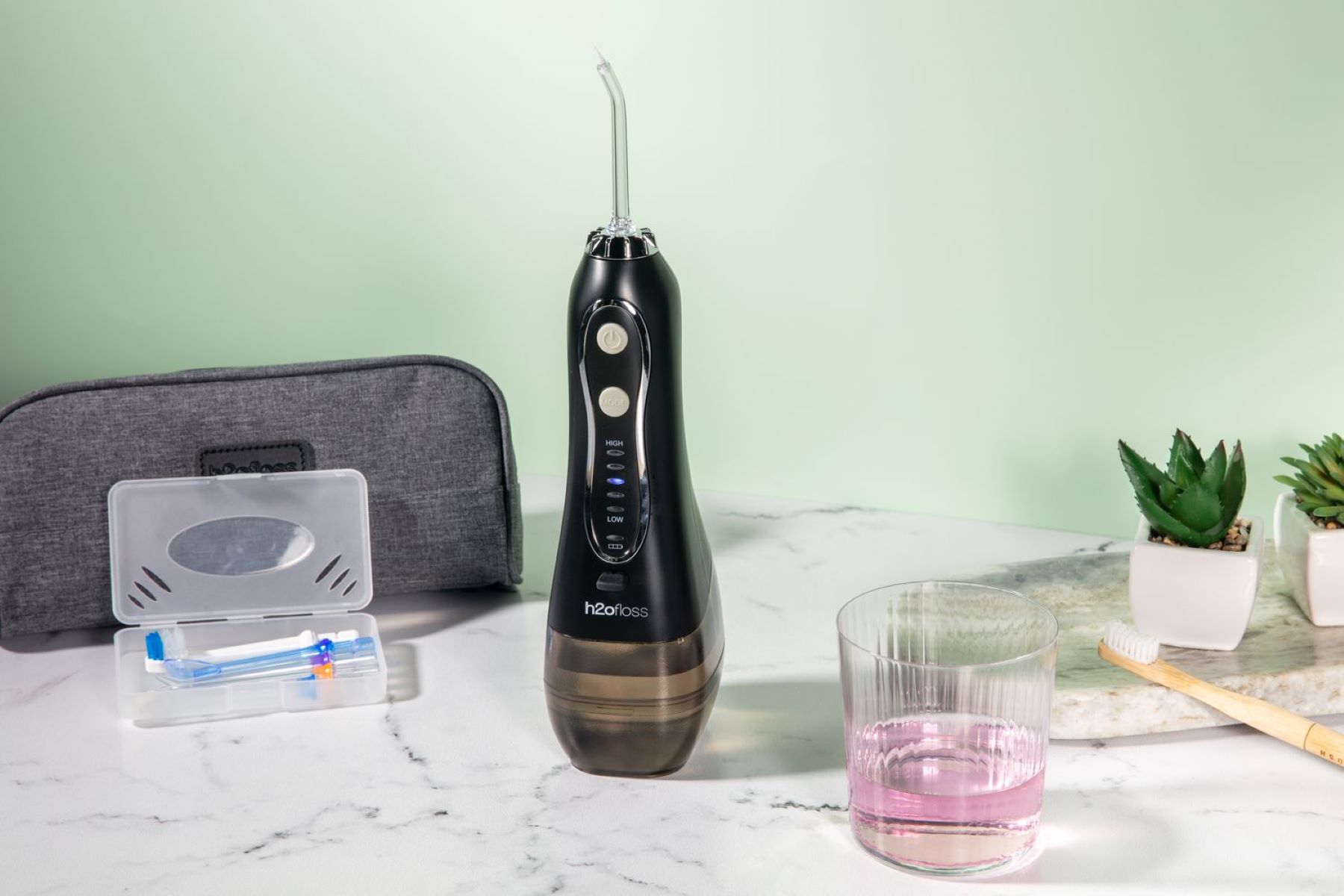
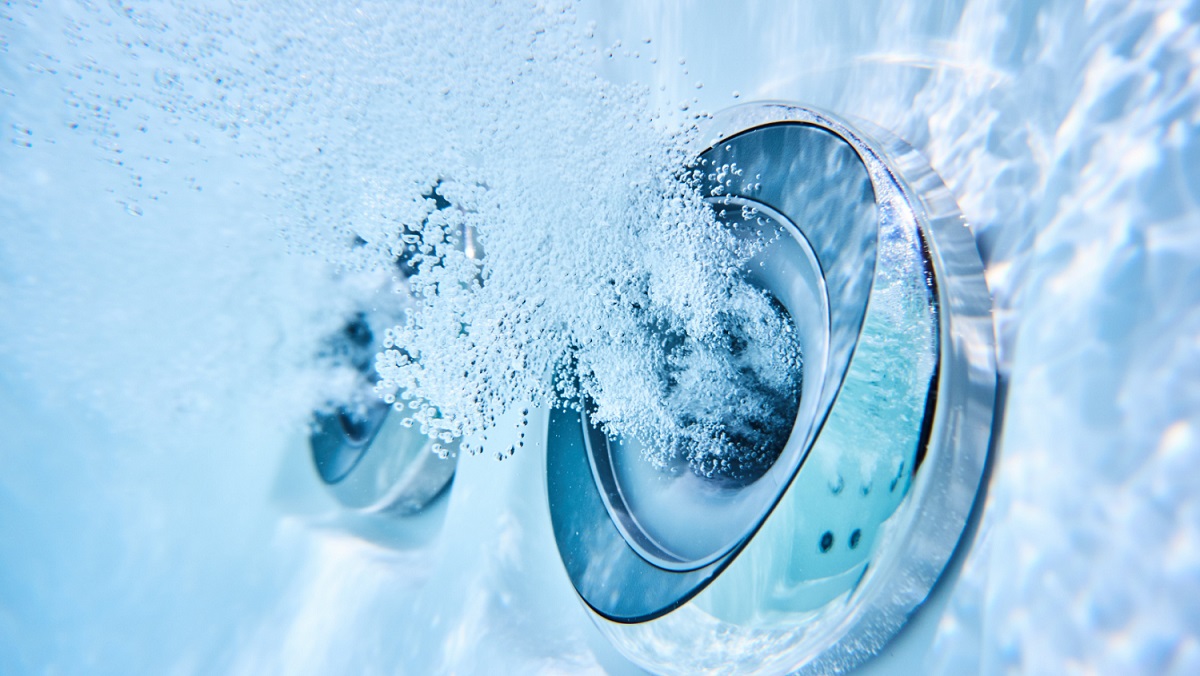

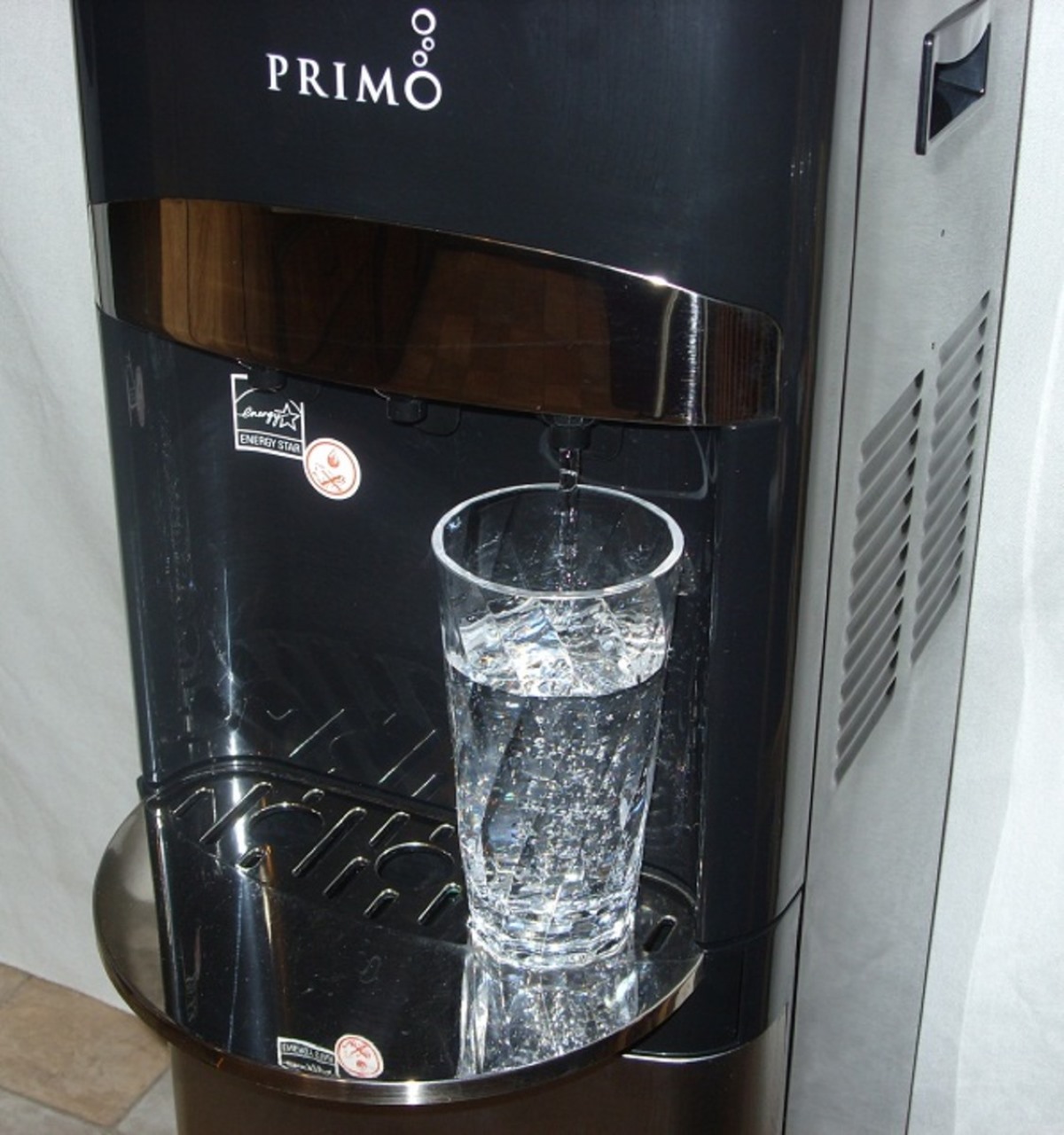
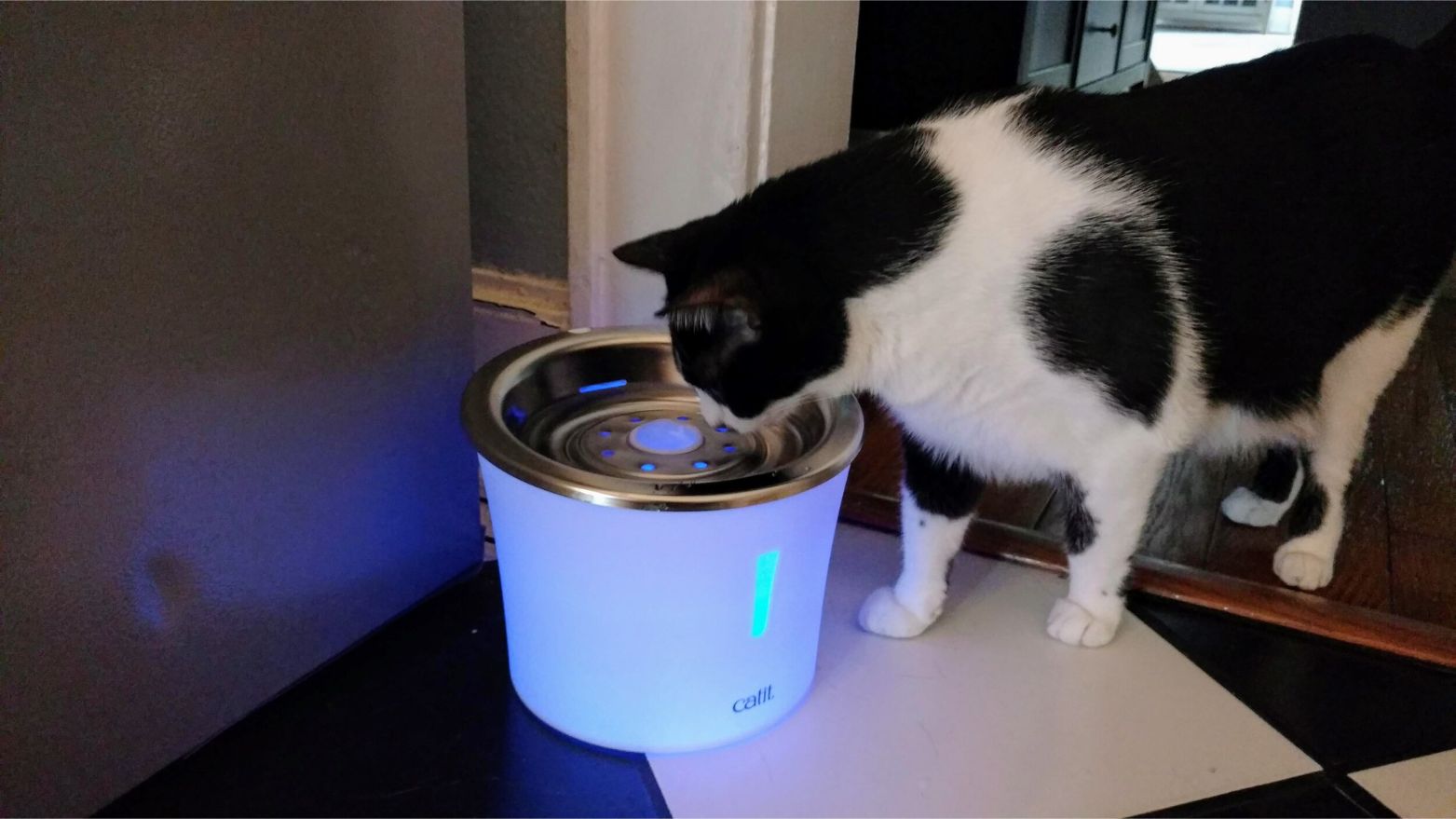
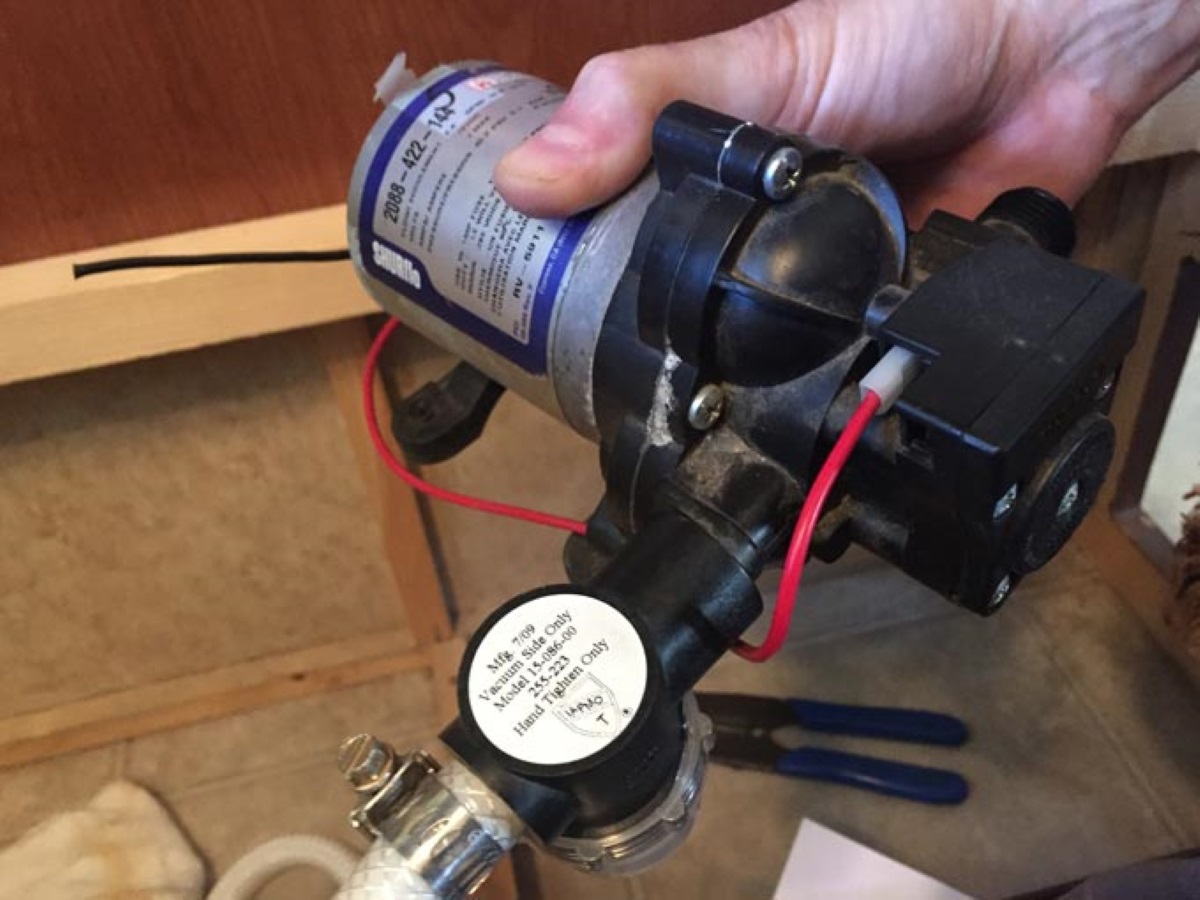
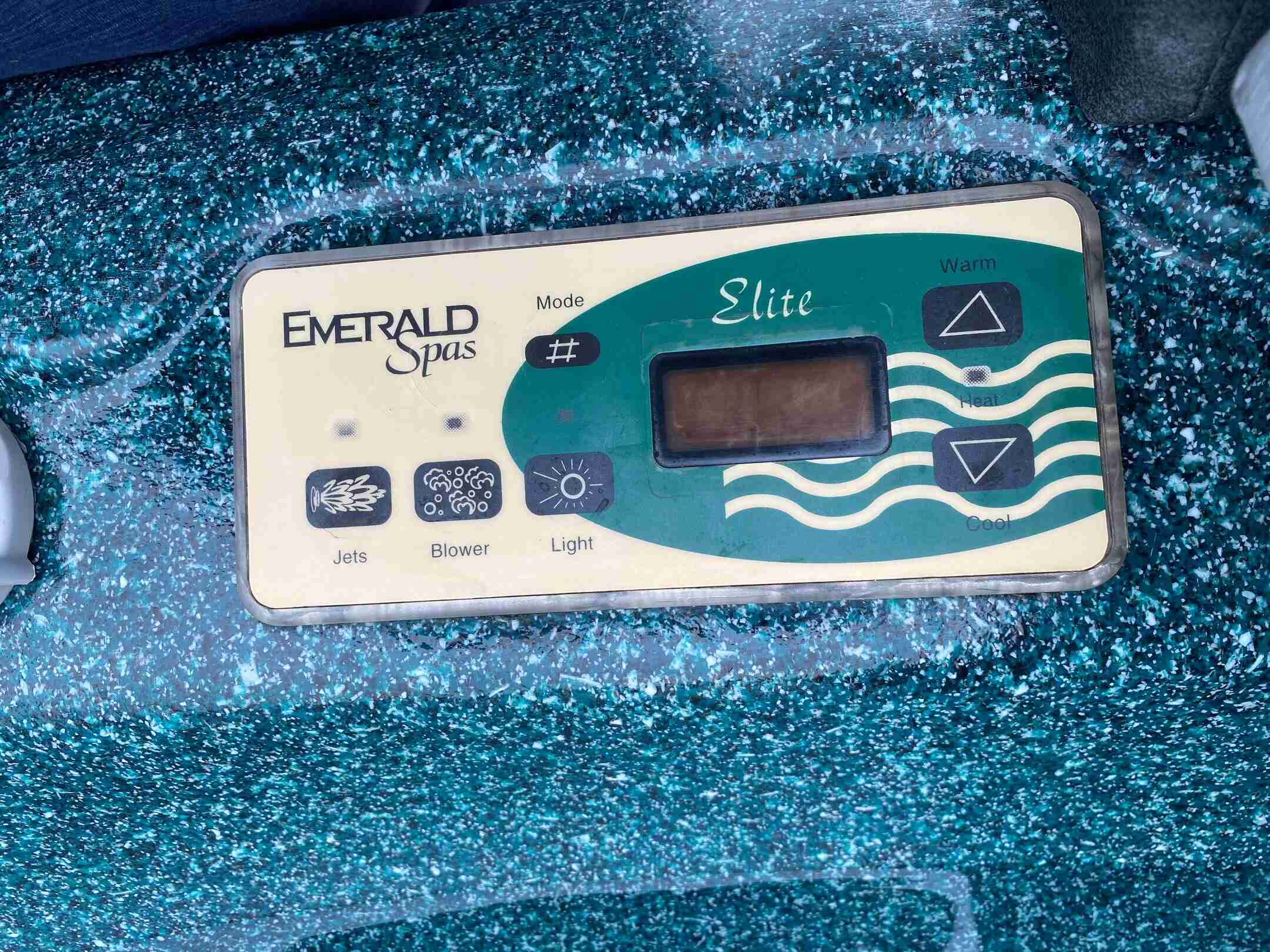
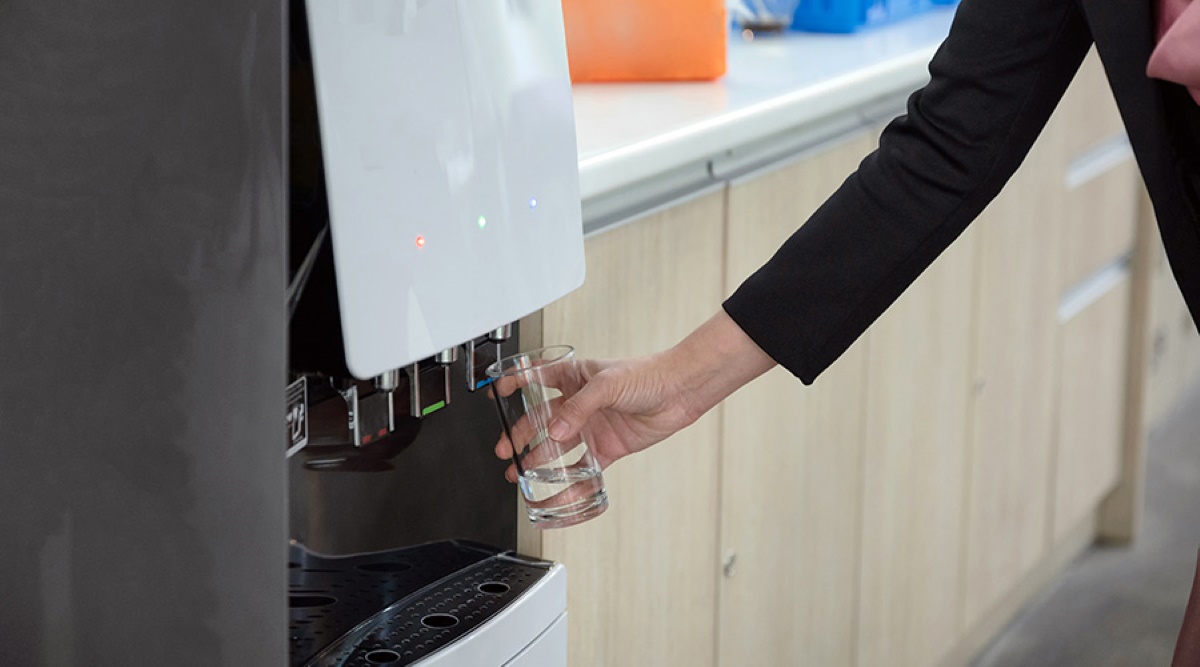
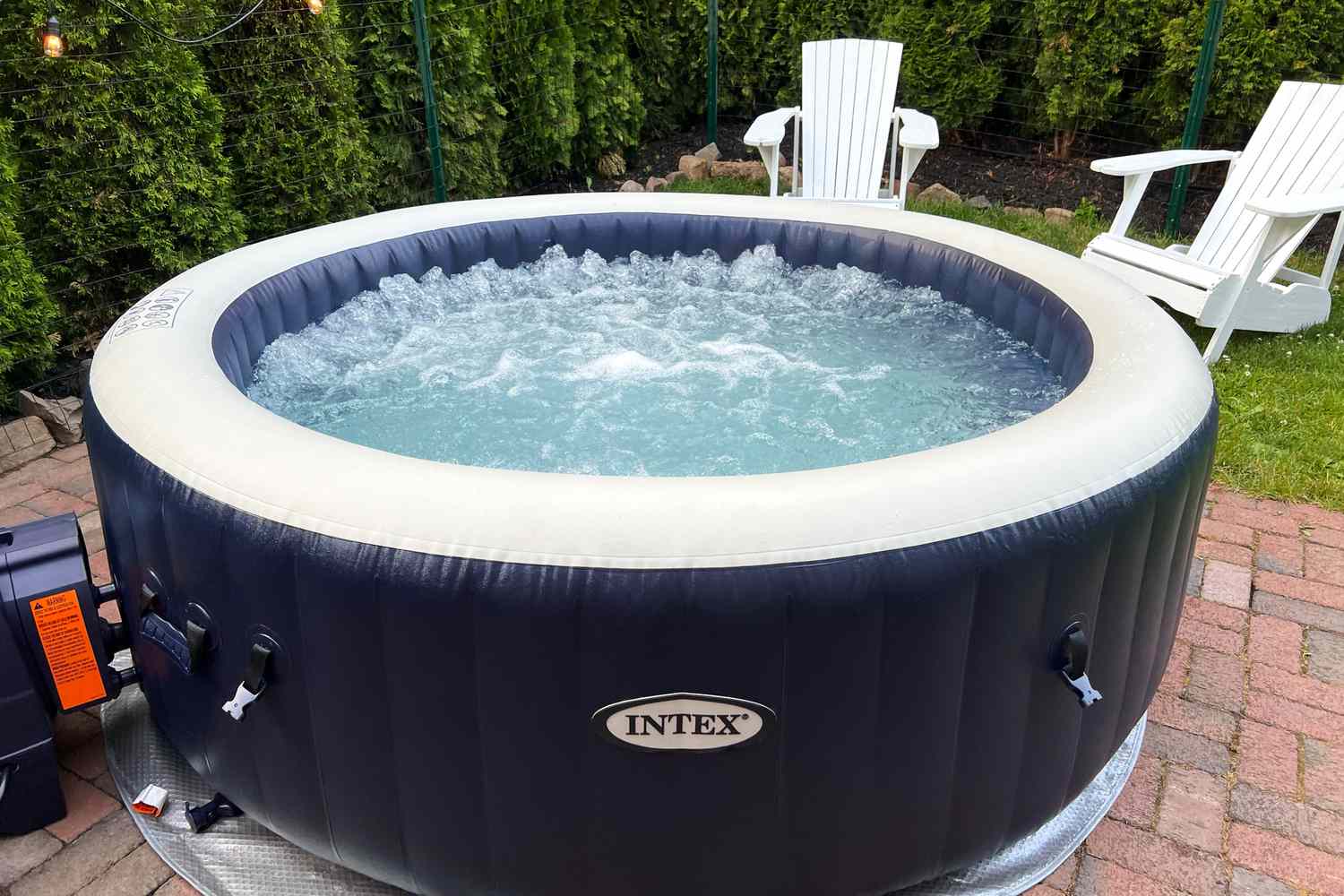
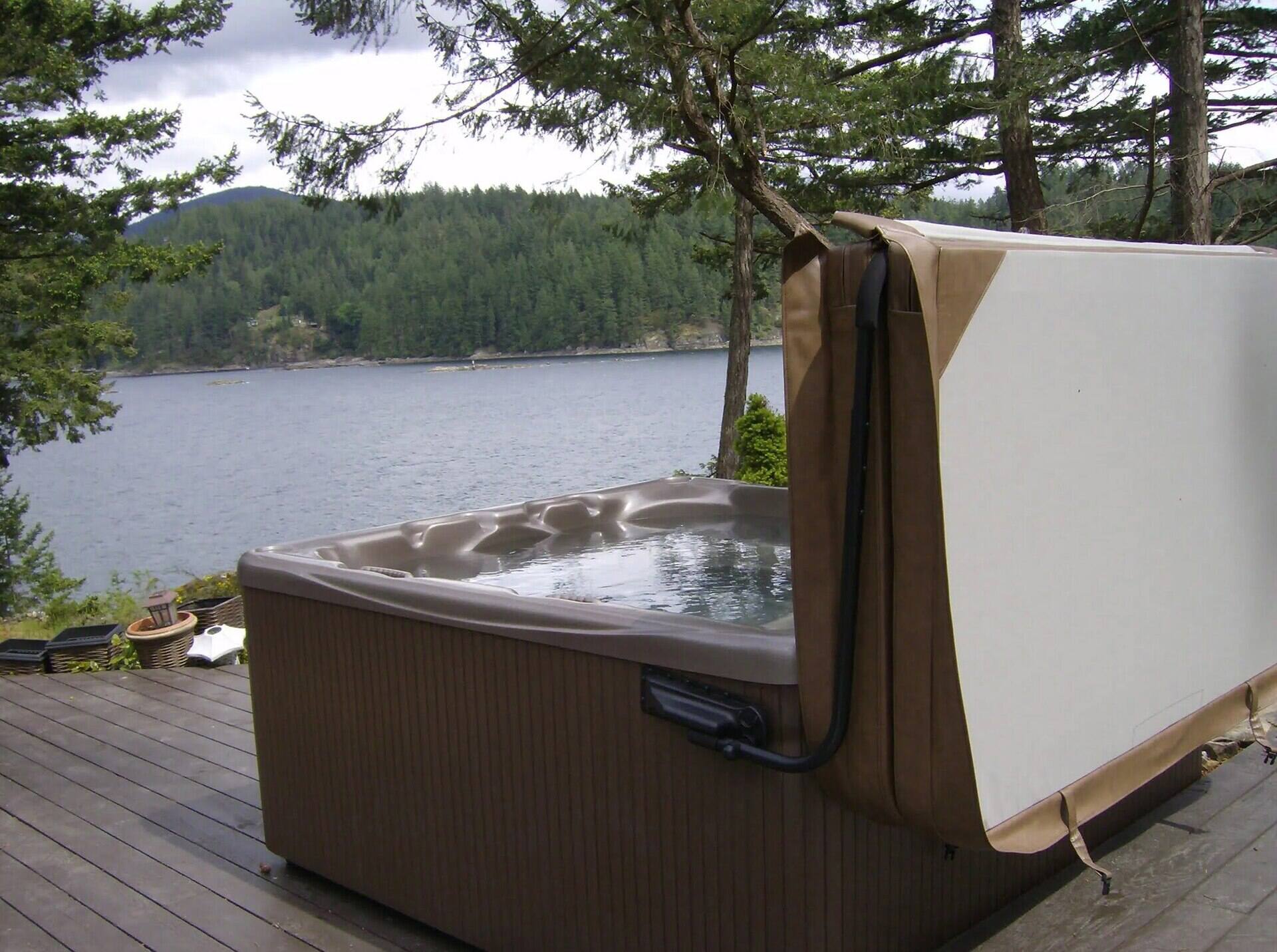

0 thoughts on “Why Is My Hot Water Dispenser Not Working”